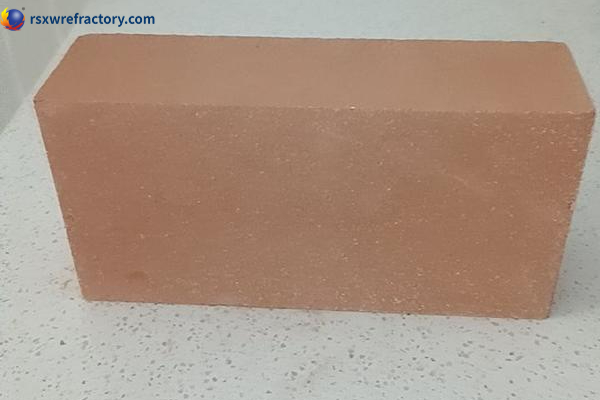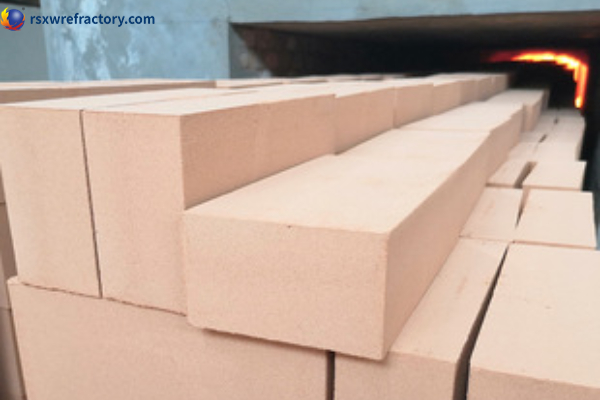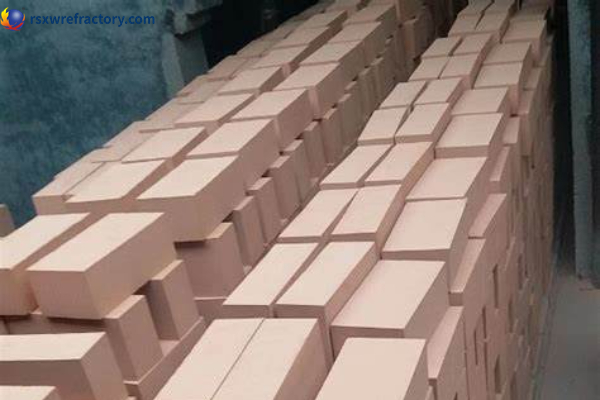Light weight clay fire brick is a kind of industrial furnace insulation material. It is a porous lightweight material made of clay as the main raw material through processes such as batching, modanatura, essiccazione, e arrosto.
What are the advantages of lightweight clay fire bricks?

- Lightweight: The volume density of lightweight clay bricks is 0.5-1.3g/cm, which is more than 20% lighter than ordinary clay bricks. It can reduce the weight of high-temperature kilns and reduce the transportation cost of materials.
- Alta resistenza: The strength grade of lightweight clay bricks is MU3.5-MU10, which can meet the needs of different buildings.
- Thermal insulation: Lightweight clay bricks contain a large number of microporous structures, which can isolate the transfer of heat and play a role in thermal insulation.
- Convenient construction: The size and shape of lightweight clay bricks are similar to those of ordinary clay bricks, and traditional construction methods can be used directly.
Light weight clay fire brick production process introduction

The production process of lightweight clay bricks mainly includes batching, modanatura, essiccazione, and baking.
- Batching: Batching is one of the important links in the production of lightweight clay fire bricks. It is necessary to design a reasonable formula according to different product requirements and raw material characteristics. Generally, clay, shale, coal gangue, ecc. are used as the main raw materials, and appropriate amounts of additives and modifiers are added according to different formulas.
- Modanatura: Insulation brick molding is one of the key links in the production of lightweight clay bricks. Advanced molding technology is required to make the ingredients into a certain shape of the blank. Attualmente, commonly used molding technologies include brick press molding, vibration molding, and extrusion molding.
- Drying: The drying of thermal insulation clay bricks requires the green body to be dried after forming to remove the moisture and volatile substances in it. Common drying methods include natural drying and thermal drying.
- Calcination: Calcination is the process of calcining the dried green body at high temperatures to form a stable crystal structure. The calcination temperature and calcination time need to be reasonably controlled according to different product requirements and raw material characteristics.

 Gruppo Rongsheng
Gruppo Rongsheng

WeChat
Scansiona il codice QR con wechat